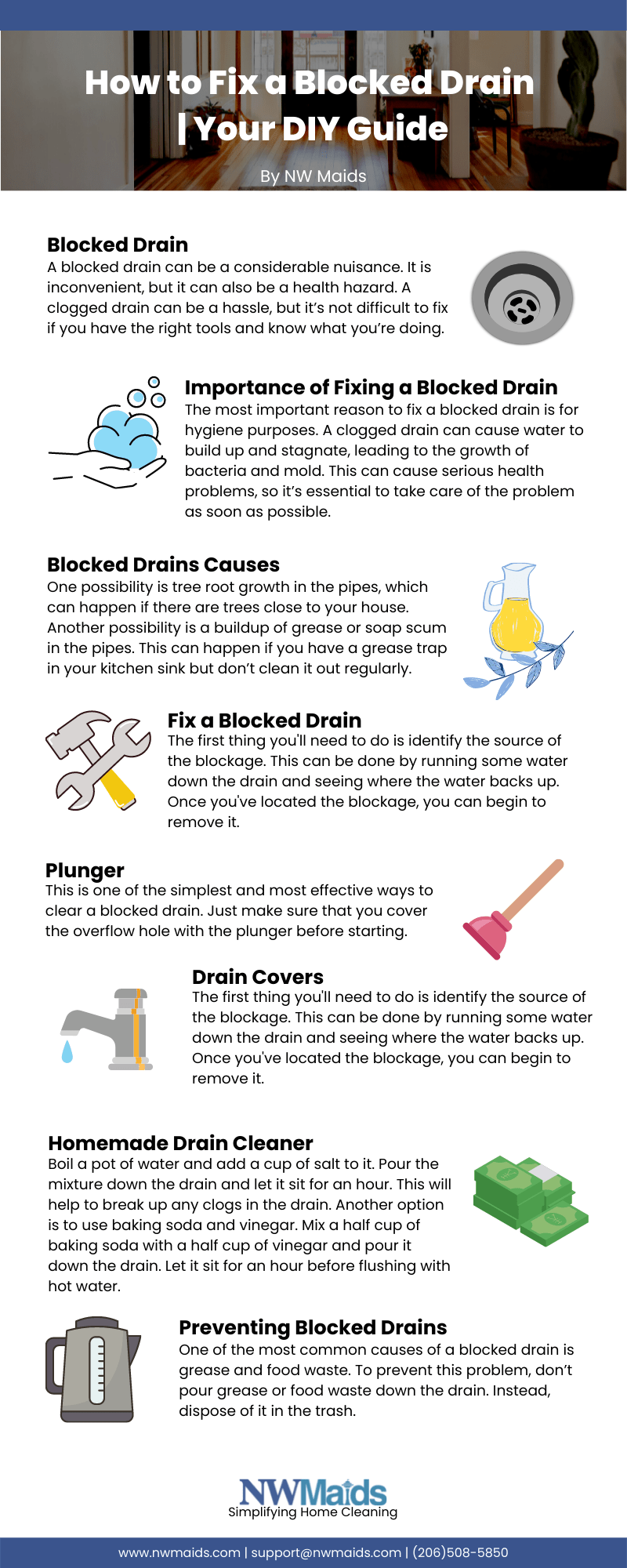Discovering that your apartment kitchen sink is filling up with water can be a frustrating and inconvenient experience. It disrupts your daily routine‚ makes meal preparation a challenge‚ and can even lead to potential water damage if left unaddressed. Understanding the common causes of a clogged sink and knowing how to troubleshoot the issue yourself can save you time‚ money‚ and the hassle of waiting for maintenance. This guide will provide you with a step-by-step approach to diagnose and resolve the problem of your apartment kitchen sink backing up.
Common Causes of a Clogged Kitchen Sink
Several culprits can contribute to a slow-draining or completely clogged kitchen sink. Identifying the cause is the first step in finding the right solution; Here are some of the most frequent offenders:
- Food Scraps: Even small bits of food‚ over time‚ can accumulate and create a stubborn blockage.
- Grease and Oil: These substances solidify as they cool‚ clinging to pipe walls and trapping other debris.
- Hair: While more common in bathroom sinks‚ hair can occasionally find its way into the kitchen drain.
- Soap Scum: Certain soaps can leave behind a residue that contributes to clogs.
- Foreign Objects: Accidental drops of small items like bottle caps or utensils can obstruct the drain.
Troubleshooting Steps: A DIY Approach
Before calling for maintenance‚ try these troubleshooting steps. Often‚ a simple solution can resolve the issue:
- Boiling Water: Pour a kettle of boiling water down the drain. This can melt away grease and loosen some types of clogs. Be careful‚ especially with PVC pipes; excessive heat might cause damage.
- Plunger: Use a cup plunger to create suction and dislodge the blockage. Ensure there is enough water in the sink to cover the cup of the plunger.
- Baking Soda and Vinegar: Pour one cup of baking soda down the drain‚ followed by one cup of vinegar. Let it fizz for 30 minutes‚ then flush with hot water.
- Check the Garbage Disposal: If you have a garbage disposal‚ make sure it’s not jammed. Unplug it‚ use tongs to remove any visible debris‚ and then reset the unit.
Deeper Dive: Inspecting the P-Trap
The P-trap is the curved pipe located under your sink. It’s designed to trap debris and prevent sewer gases from entering your home. It’s also a common location for clogs. Here’s how to inspect and clean it:
- Place a bucket under the P-trap to catch any water.
- Carefully loosen the slip nuts that connect the P-trap to the drain pipes.
- Remove the P-trap and clean out any debris you find inside.
- Reassemble the P-trap‚ ensuring the slip nuts are tightened securely.
- Run water to check for leaks.
When to Call for Professional Help
If you’ve tried the above troubleshooting steps and your sink is still filling up with water‚ it’s time to call a professional plumber or your apartment maintenance team. This indicates a more serious blockage deeper in the drain system or a potential issue with the building’s plumbing. Attempting to fix it yourself at this point could lead to further damage and potentially void any warranties or agreements you have with your landlord.
Preventative Measures for a Clear Drain
Preventing clogs is far easier than dealing with them. Here are some proactive steps you can take:
- Avoid pouring grease down the drain. Dispose of grease in a container and throw it away.
- Use a drain strainer to catch food scraps and other debris.
- Flush the drain with hot water after each use.
- Periodically clean the drain with baking soda and vinegar as a preventative measure.
Addressing a slow-draining or clogged kitchen sink promptly is essential for maintaining a clean and functional apartment. By understanding the common causes and following these troubleshooting steps‚ you can often resolve the issue yourself. Remember to exercise caution and know when it’s time to call for professional assistance. If you are still experiencing problems with your sink‚ consider contacting your apartment management for further assistance.







